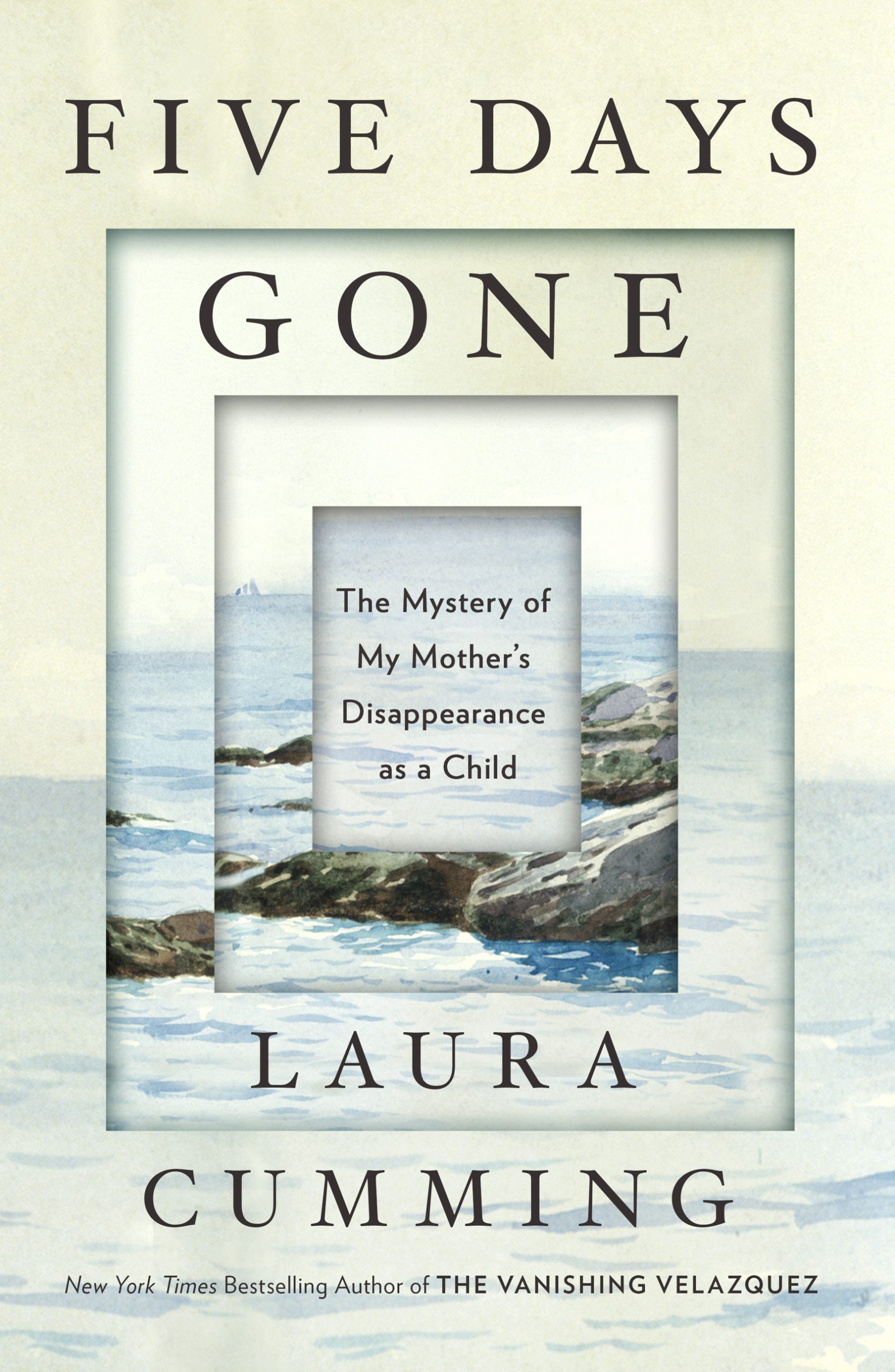The central question at the heart of Laura Cumming’s book is what happened when her mother, at age three, was taken away from her parents on an English beach one autumn afternoon in 1929. As the author tries to solve this untangle what happened, another question emerges: Why do we so often see what we want to see, rather than what’s right in front of us? For Cumming the issue of perception, both visual and emotional, is central; in this thrilling, moving book, the author holds up both words and images for our consideration and reflection.
The child was returned to her parents after five days. She didn’t learn about her own kidnapping until decades later. She grew up to become a painter and a mother; her daughter, Cumming, an art critic — perhaps the ideal position from which to unpack a deep family secret, shrouded in silence for years. “We need images quite apart from anything else,” Cumming writes, “when we have no words.” As Cumming dives deeper into her mother’s story, she finds herself “paying more attention to the smallest of visual details — the clues in a dress, the distinctive slant of a copperplate hand, the miniature faces in a family album.”
“The lives of our parents before we were born are surely the first great mystery,” Cumming writes. It’s a curiosity that stems in part from egoism — how could the world exist before we do? — but also one that comes from love. The deep devotion of mothers and daughters runs through Five Days Gone like an underground river. Perhaps that love is what makes this book so compelling, bestows on it a kind of grace that allows, in the end, for no villains.
— Kate Tuttle


 Five Days Gone: The Mystery of My Mother’s Disappearance as a Child by Laura Cumming (Scribner)
Five Days Gone: The Mystery of My Mother’s Disappearance as a Child by Laura Cumming (Scribner) 